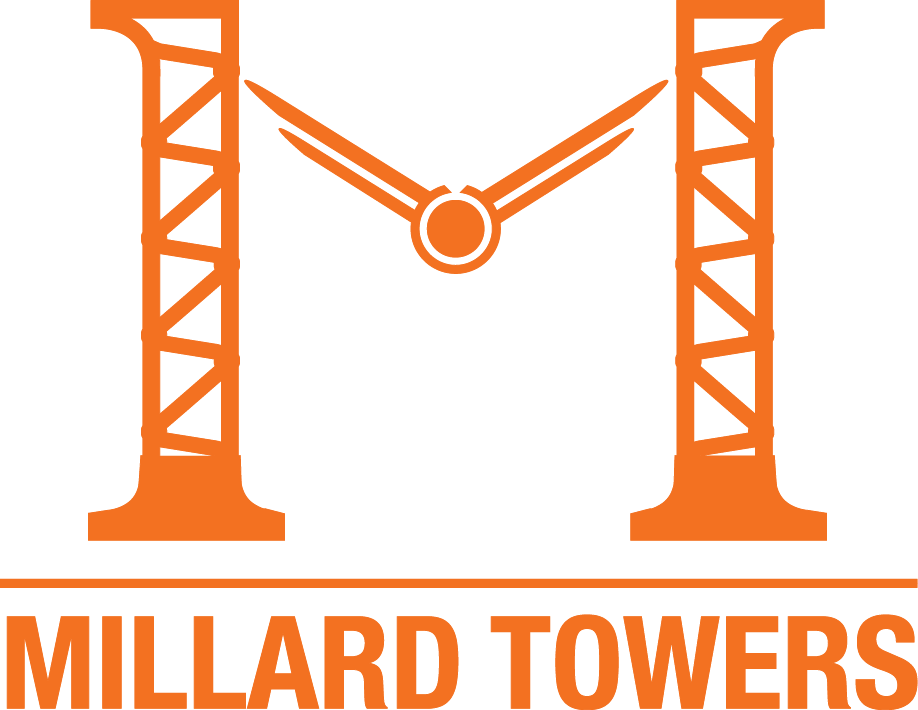TECHNICAL BRIEF - Localizers and Frangibility
Airfield equipment, due to its function, is required to be located along the flight path or within close proximity. While the risk of aircraft coming into contact with such equipment can be reduced, it can never be eliminated. However, the consequences can be mitigated through engineering in the form of frangible design – lightweight, breakable structures critical to airfield safety.
ILS Localizers (LLZ) are typically located around 300m from the threshold – a position critical to its function. Directly along the flight path, it is at risk of accidental impact. ICAO Doc 9157 identifies this risk and requires the same frangibility criteria be used as the Approach Lighting towers that surround it. LLZ support structures should undergo a physical impact test (i.e. driving a wing impactor through the structure) and a subsequent dynamic Finite Element Analysis (FEA) to confirm the results. This dynamic testing requirement is for all designs that exceed an overall height of 1.20m.
Due to fluctuations in topography, LLZ antennas may sometimes require significant elevation in order to have a clear view of the opposing approach. Some local standards allow berms to be used to achieve this elevation; however, they pose a significant risk. Berms turn into obstacles if a plane is to come into contact, particularly with a concrete pad on top. An example of this was the 2004 MK747 crash in Halifax, NS, Canada. An overloaded cargo plane overshot its takeoff and clipped its tail on the berm sending it into nearby woods. While not all accidents can be avoided, it is a good example showing the risk can be greatly mitigated through frangible designs.
An excerpt from the Crash Report shows the tail’s impact with the berm.



